They did not use brass sheathing, they used copper and it wasnt really started until the 1700s, and didnt get going good until late 1700-I think 1768 or something like that because the iron nails they used to tack it on caused a galvanic reaction and corroded the copper away fast, or the iron nails. The dissimilar metals thing in salt water-turns it into a battery. They later used copper nails and this worked. They used lead sheathing prior to that. They still use copper sheathing on real big wooden boats. Lead sheathing was pretty much done by early 1800s, and copper used almost exclusively since then. They put on tar-after the planking was caulked with cotton called oakum and red lead paint now, but back then used mainly cotton and any caulking material or paint, then tarred it and put a cloth like denim over that and tarred it more, then put copper sheets over it with nails. They still do it like that. Prior to lead sheathing they used just tar. I used to work on wooden boats and stripped out and recaulked clinker hulls. Plus I have made planks-not as easy as it sounds with the compound curves and put in dutchmen, cut curved frames, knees etc. I still have a caulking iron. So I know what I am talking about with older boats. Now they use a copper based bottom paint instead of copper sheathing to ward off barnacles.



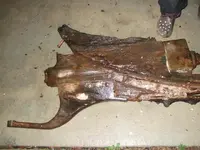

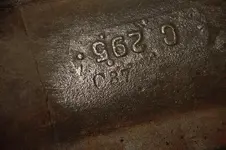
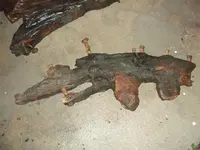
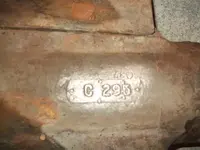

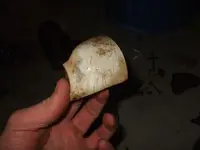
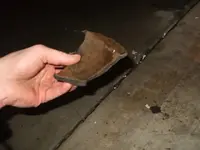
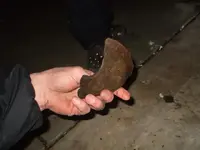
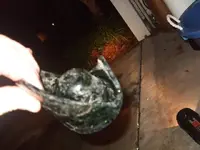
 Can you tell us a little more about the remainder of the wreck... how deep are you diving and what other things are you finding?
Can you tell us a little more about the remainder of the wreck... how deep are you diving and what other things are you finding?